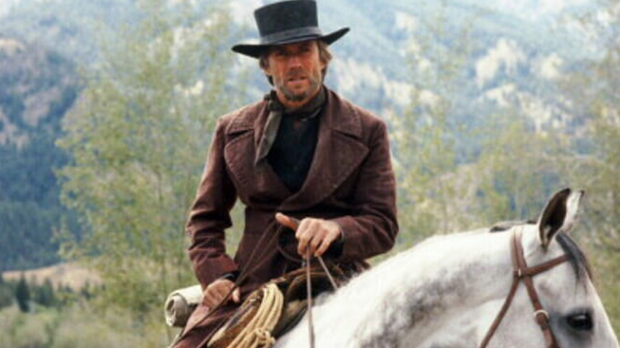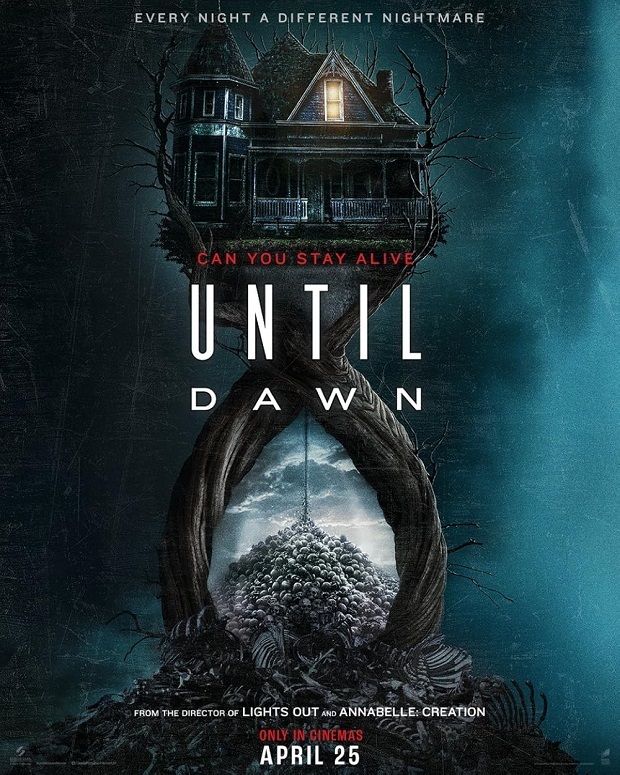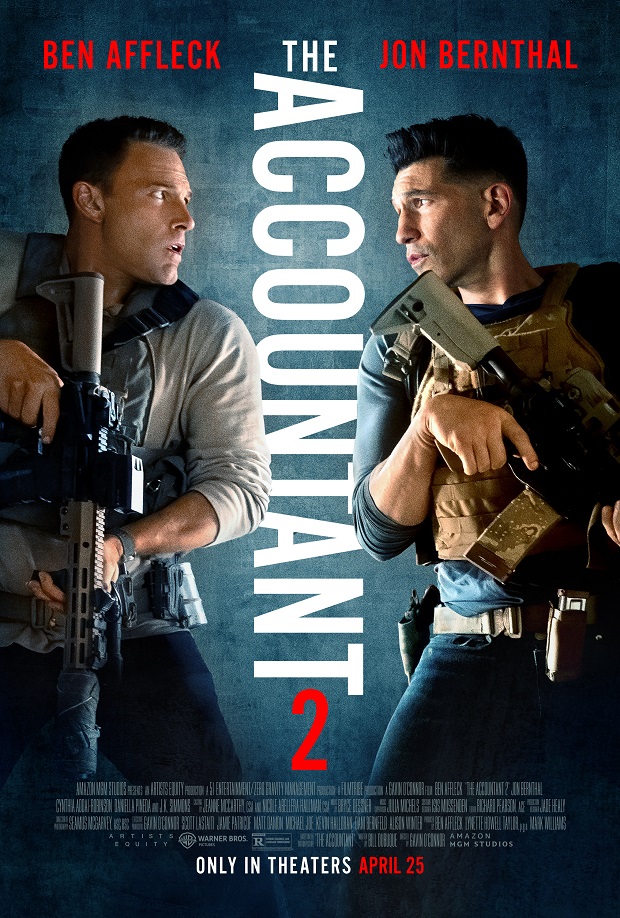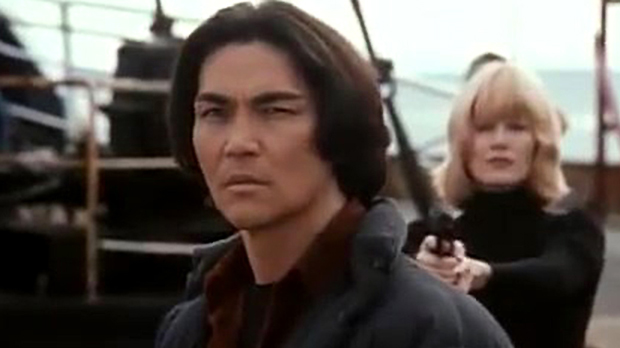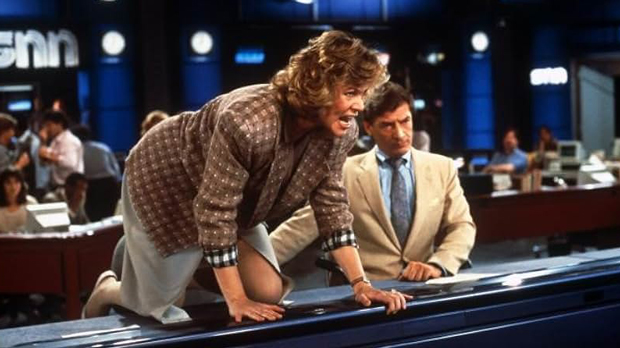 Pale Rider (1985) Warner Bros./Western RT: 116 minutes Rated R (strong western violence, attempted rape, language, alcohol abuse) Director: Clint Eastwood Screenplay: Michael Butler and Dennis Shryack Music: Lennie Niehaus Cinematography: Bruce Surtees Release date: June 28, 1985 (US) Cast: Clint Eastwood, Michael Moriarty, Carrie Snodgress, Christopher Penn, Richard Dysart, Sydney Penny, Richard Kiel, Doug McGrath, Jeffrey Weissman, John Russell, S.A. Griffin, Billy Drago, Charles Hallahan, Marvin J. McIntyre, Fran Ryan, Richard Hamilton. Box Office: $41.4M (US)
Pale Rider (1985) Warner Bros./Western RT: 116 minutes Rated R (strong western violence, attempted rape, language, alcohol abuse) Director: Clint Eastwood Screenplay: Michael Butler and Dennis Shryack Music: Lennie Niehaus Cinematography: Bruce Surtees Release date: June 28, 1985 (US) Cast: Clint Eastwood, Michael Moriarty, Carrie Snodgress, Christopher Penn, Richard Dysart, Sydney Penny, Richard Kiel, Doug McGrath, Jeffrey Weissman, John Russell, S.A. Griffin, Billy Drago, Charles Hallahan, Marvin J. McIntyre, Fran Ryan, Richard Hamilton. Box Office: $41.4M (US)
Rating: ****
In a word, BRILLIANT! Clint Eastwood doesn’t just star in Pale Rider. His presence hangs over the entire movie even in scenes where he isn’t physically present. It’s his movie all the way. He plays a character called Preacher who’s essentially a darker variation on his trademark Man with No Name character. He’s closer in spirit to his character in the dark 1973 oater High Plains Drifter in that it’s strongly implied he might be a ghost, an avenging spirit back from the dead to confront his killer.
He first enters the mining camp as a young girl reads a passage from Revelation (Chapter 6, Verse 8), “And I looked, and behold a pale horse, and the name that sat on him was Death, and Hell followed with him.” His very arrival onto the scene is initiated by the girl’s prayer for a miracle after a violent raid by the villain’s henchmen. A group of miners, led by Hull Barret (Moriarty, Q), pan for gold and live in fear of Coy LaHood (Dysart, Mask), a rival big-time miner who’s tearing up the area with hydraulic mining. Hull refuses to give up and leave much to the dismay of his girlfriend Sarah Wheeler (Snodgress, Murphy’s Law) and her 14YO daughter Megan (Penny, The New Gidget). Megan is the one who prays for a miracle after witnessing LaHood’s men destroy the camp and murder her dog. Hull rides into town for supplies and LaHood’s men assault him. Preacher appears and beats up the thugs with a hickory axe handle. Grateful for his life-saving assistance, Hull invites the stranger to stay at his home.
Although she initially wants Hull to send him away, Sarah changes her tune when he walks into the kitchen wearing a clerical collar. Preacher sticks around and helps the miners look for gold. Coy sends his son Josh (Penn, Reservoir Dogs) and his strongest work hand Club (Kiel, The Spy Who Loved Me) to scare away the stranger who beat down and humiliated his men, but Preacher easily overtakes the hulking thug and sends both men on their way. Coy attempts to bribe Preacher with money and the promise of a new church in town in hopes that he will abandon the miners. Preacher turns him down flat saying “You can’t serve God and Mammon, Mammon being money.” He convinces LaHood to offer to buy the miners out at $1000 per claim as long as they leave within 24 hours.
Although the group seems to like the idea, Hull convinces them to stay and fight. That’s when Coy summons a corrupt marshal named Stockburn (Russell, The Outlaw Josie Wales) to come and clear them out with the assistance of his six vicious deputies. Preacher leaves the miners and goes to a more established town where he picks up a pistol at a Wells Fargo office and leaves behind his clerical collar. It’s implied that Stockburn and Preacher know each other from a past encounter, but no explicit details are offered.
In my opinion, Pale Rider ranks among Clint’s finest work as both actor and director. It’s a dark and violent movie, but it’s also an exciting action flick with a great shoot-out at the end between Preacher and Stockburn’s deputies.
Pale Rider is every bit a Revisionist Western, one that focuses on the darker aspects of the time period like the rampant lawlessness of the unsettled frontiers. As opposed to a traditional-style Westerns like Silverado or Rio Bravo, it favors realism over romanticism. Clint depicts Preacher as an anti-hero, a character painted in various shades of gray. It’s one of the actor’s best performances because he knows exactly how to direct himself. He understands that he’s become an iconic image and the viewer doesn’t always need to see his full profile to get the maximum effect. The cinematographer Bruce Surtees (a frequent Eastwood collaborator) makes great use of light and shadows, often showing Preacher’s face partially concealed by shadow. Other times we see his figure with a strong light behind it. The outdoor scenery is both gorgeous and imposing.
Young Sydney Penny turns in a remarkable performance as the maturing teenage girl who develops romantic/sexual feelings for Preacher. She’s becoming a woman and everybody seems to realize this, especially Josh who attempts to rape her at one point. The relationship between Preacher and Megan (hero and youngster) brings to mind the 1953 classic Shane. Remember the friendship that developed between Alan Ladd’s titular character (a former gunslinger) and the young boy (Brandon DeWilde)? Of course, there’s the more obvious parallel of the movies’ identical closing scenes. I see it as more of a homage to classic Westerns than a blatant rip-off.
The other performances in the movie are quite remarkable. I’d especially like to call attention to Moriarty, an actor primarily known for roles in B-movies like Q, The Stuff, Troll, It’s Alive III and Full Fathom Five. There’s something inherently likable about him, he excels at playing lovable losers. Dysart and Russell make perfectly despicable villains. They’re the perfect antagonists for a movie like Pale Rider. Obviously, Dysart represents an end to the traditional ways of the Old West, gradually being made obsolete by the Industrial Revolution of the late 19th century. On the other hand, Russell’s Stockburn is simply pure evil, representative of the cold-hearted violence that defined the Old West.
Clint introduces supernatural overtones to Pale Rider, but never resolves them. It’s up to the viewer to decide the nature of Preacher. I think that this works in the movie’s favor. There’s nothing wrong with giving the audience something to ponder as they leave the theater. However, the movie also works as a kick-ass Clint Eastwood actioner. That’s what his fans really want to hear. That final shoot-out and the showdown between Preacher and Stockburn are pretty awesome.
There’s no two ways about it, Pale Rider is a remarkable achievement because Clint understands both the genre and his own personal acting style. It possesses a resonance that echoes through the viewer’s mind like the movie’s final lines. It’s a pretty heavy film, but it’s worth checking out. In my opinion, one can never go wrong with a Clint Eastwood western.
